Activities about technology are a great way to keep students engaged while building essential digital skills. In today’s tech-driven world, incorporating technology into the classroom not only makes learning more interactive but also helps students develop problem-solving and critical thinking abilities. From coding challenges to virtual field trips, there are countless creative ways to make technology an integral part of your teaching. In this blog, we’ll explore some practical and innovative ideas to inspire your next lesson!
15+ Activities about Technology
Here are 15 engaging technology activities that will spark creativity and boost digital skills in your classroom:
1. Create a Classroom Blog
Creating a classroom blog is an excellent way to incorporate activities about technology into your teaching. Blogging helps students build writing, communication, and technical skills while fostering a sense of community.
It allows them to share ideas, showcase projects, and collaborate on content, all while practicing digital citizenship. This activity also encourages creativity and provides a structured platform for students to reflect on their learning experiences.
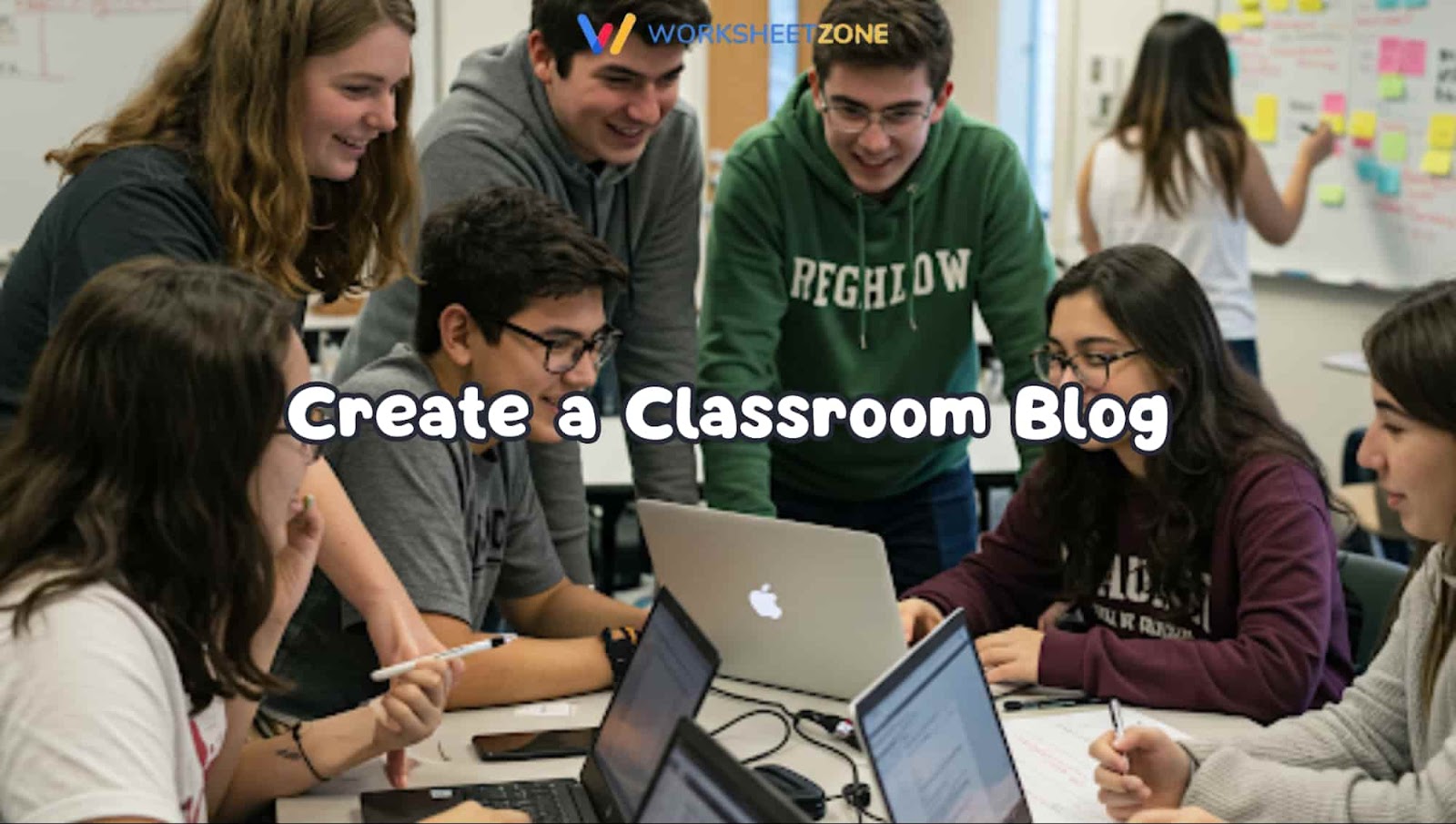
Materials Needed:
- Computers or tablets
- Internet access
- Blogging platform (e.g., WordPress, Blogger)
How to Do:
- Introduce students to basic blogging concepts and safety.
- Divide the class into teams to manage different blog sections (e.g., news, creative writing, projects).
- Guide students in creating and publishing their first blog posts.
- Monitor content and provide feedback on writing and presentation.
2. Coding Challenges with Scratch
Virtual coding competitions are a great way to enhance problem-solving and programming skills. Students can participate in challenges that involve creating algorithms, building apps, or solving coding puzzles.
These competitions encourage teamwork, creativity, and analytical thinking. Using platforms like CodeSignal or Code.org, students can compete with peers from other schools or collaborate in teams to tackle real-world coding problems.
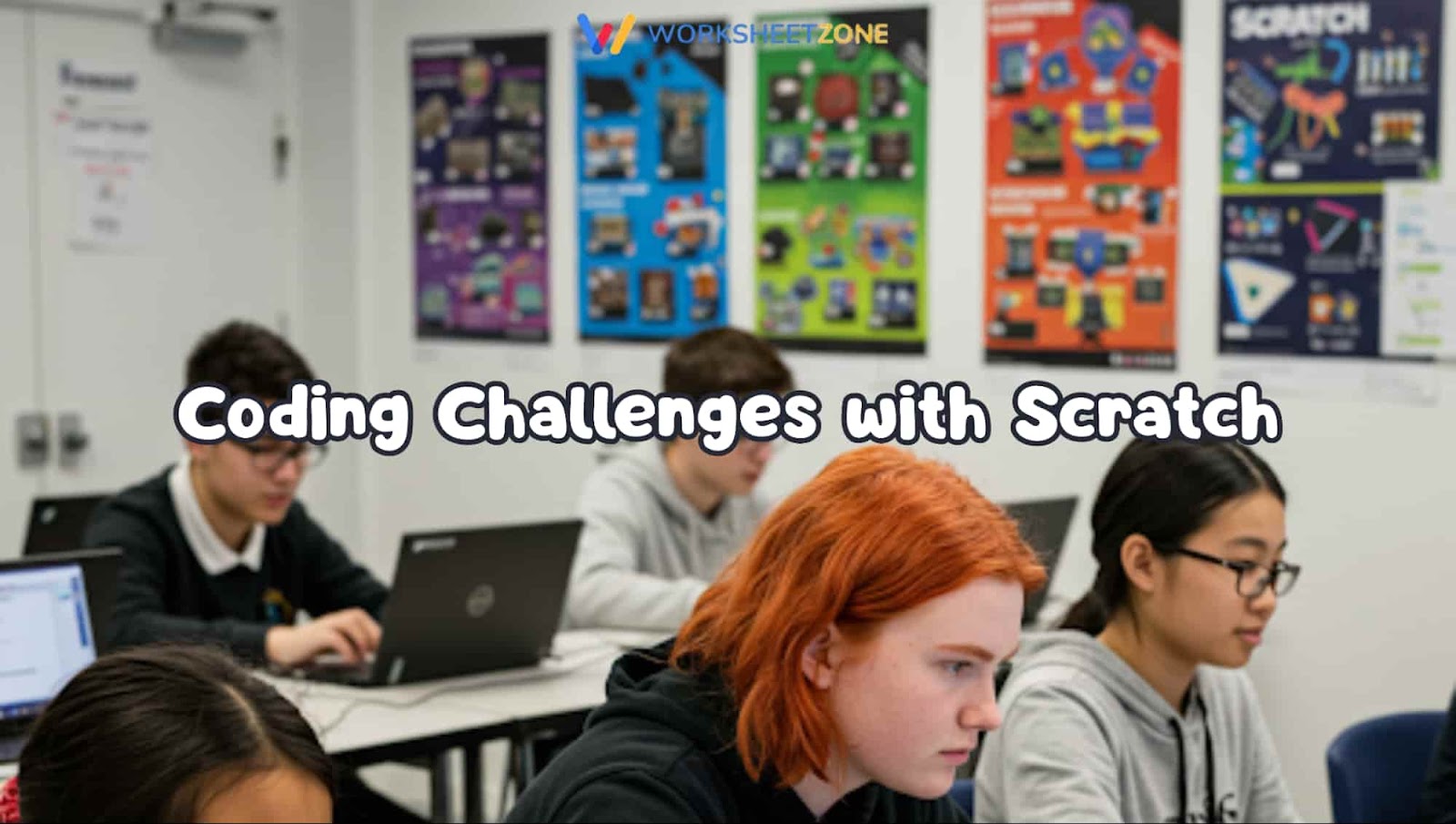
Materials Needed:
- Computers or tablets
- Scratch website or app
- Projector (optional)
How to Do:
- Show students how to access Scratch and explain the interface.
- Demonstrate a simple project, like creating an animated story.
- Assign small challenges (e.g., make a character move or say something).
- Encourage students to create their own projects and share with the class.
3. Digital Storytelling with Canva
Digital storytelling combines traditional storytelling techniques with modern digital tools, allowing students to express themselves in new and creative ways. Using Canva, students can design visually appealing stories, blending text, images, and even videos.
This activity not only hones their narrative skills but also improves their ability to convey complex ideas in a visually compelling format. It’s a perfect blend of creativity and digital literacy, suited for language arts and social studies projects.

Materials Needed:
- Laptops or tablets
- Canva accounts
- Pre-selected topics or story themes
How to Do:
- Introduce students to Canva’s features and templates.
- Guide them in creating storyboards and choosing visuals.
- Allow time for students to create and edit their digital stories.
- Present finished projects to the class.
4. Virtual Field Trips Using Google Earth
Virtual field trips are a fantastic way to explore new places without leaving the classroom. Using Google Earth, students can virtually visit historical landmarks, natural wonders, and even distant countries, broadening their cultural and geographical understanding.
This immersive experience helps make abstract concepts more tangible and fosters a global perspective. Students can research specific sites, present their findings, and discuss how technology enables them to explore the world from their desks.

Materials Needed:
- Computers or tablets
- Google Earth installed
- Projector (optional)
How to Do:
- Demonstrate how to navigate Google Earth.
- Set a theme (e.g., ancient civilizations, natural wonders) and assign exploration tasks.
- Let students present interesting places they discovered.
- Discuss geographical features and cultural insights.
5. Collaborative Slideshows with Google Slides
Collaborative slideshows are engaging activities about bringing creativity to presentations while building teamwork skills and incorporating technology. These projects help students develop presentation and digital skills using tools like Google Slides.
By working together to share ideas, design visuals, and practice public speaking, students build confidence and create cohesive, interactive presentations.
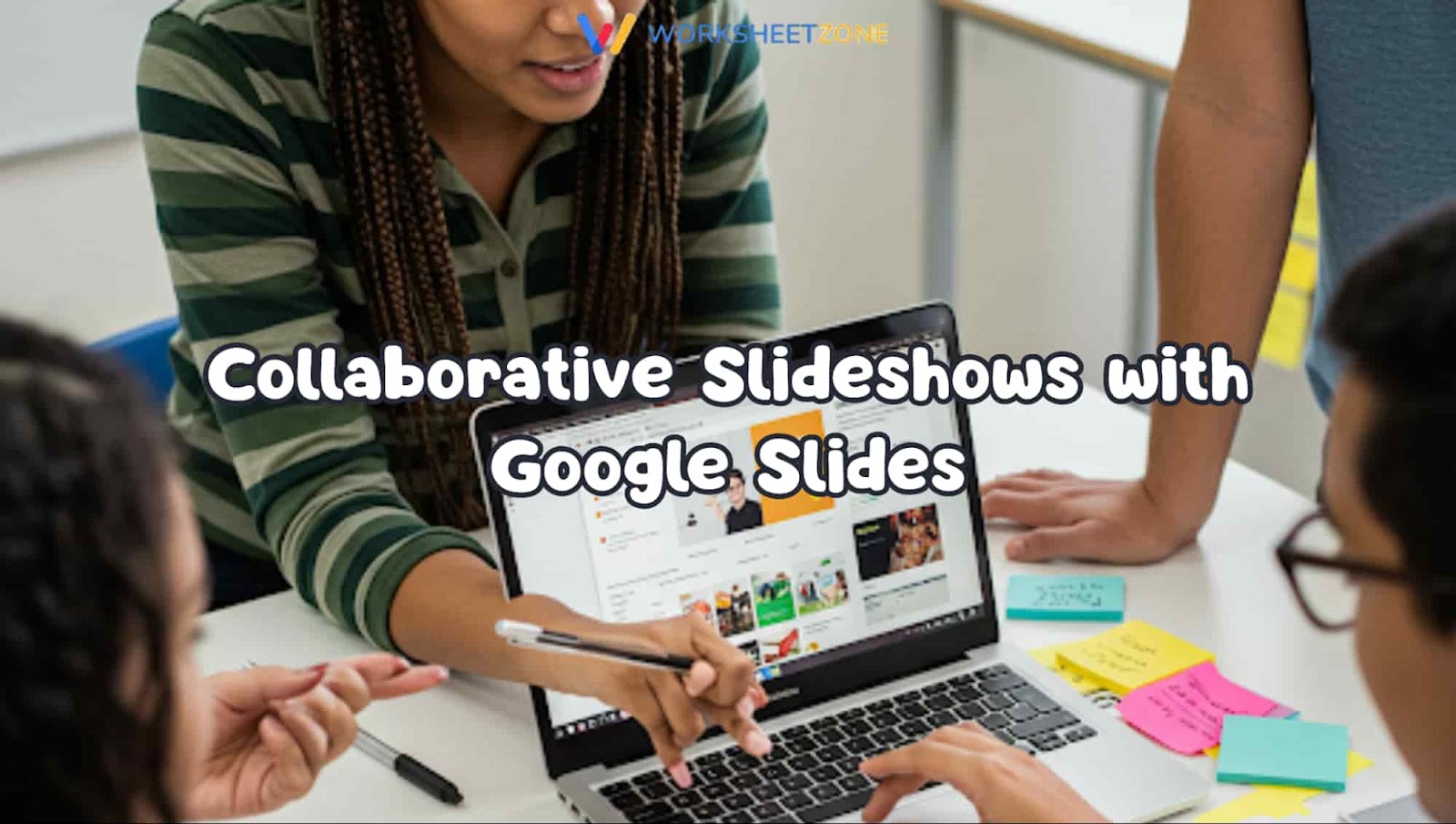
Materials Needed:
- Computers or tablets
- Google accounts
- Predefined topics
How to Do:
- Assign groups and introduce the project topic.
- Teach students how to share and collaborate on a single slide deck.
- Monitor progress and provide feedback on design and content.
- Have groups present their final slideshows to the class.
6. Build a Website with Wix
Building a website empowers students to develop digital skills and creativity while showcasing their ideas. Using Wix, they can create class or project websites, customizing templates with multimedia content.
This activity teaches web design, content organization, and teamwork, helping students build digital literacy while expressing their creativity. It’s a practical way to integrate technology into project-based learning.
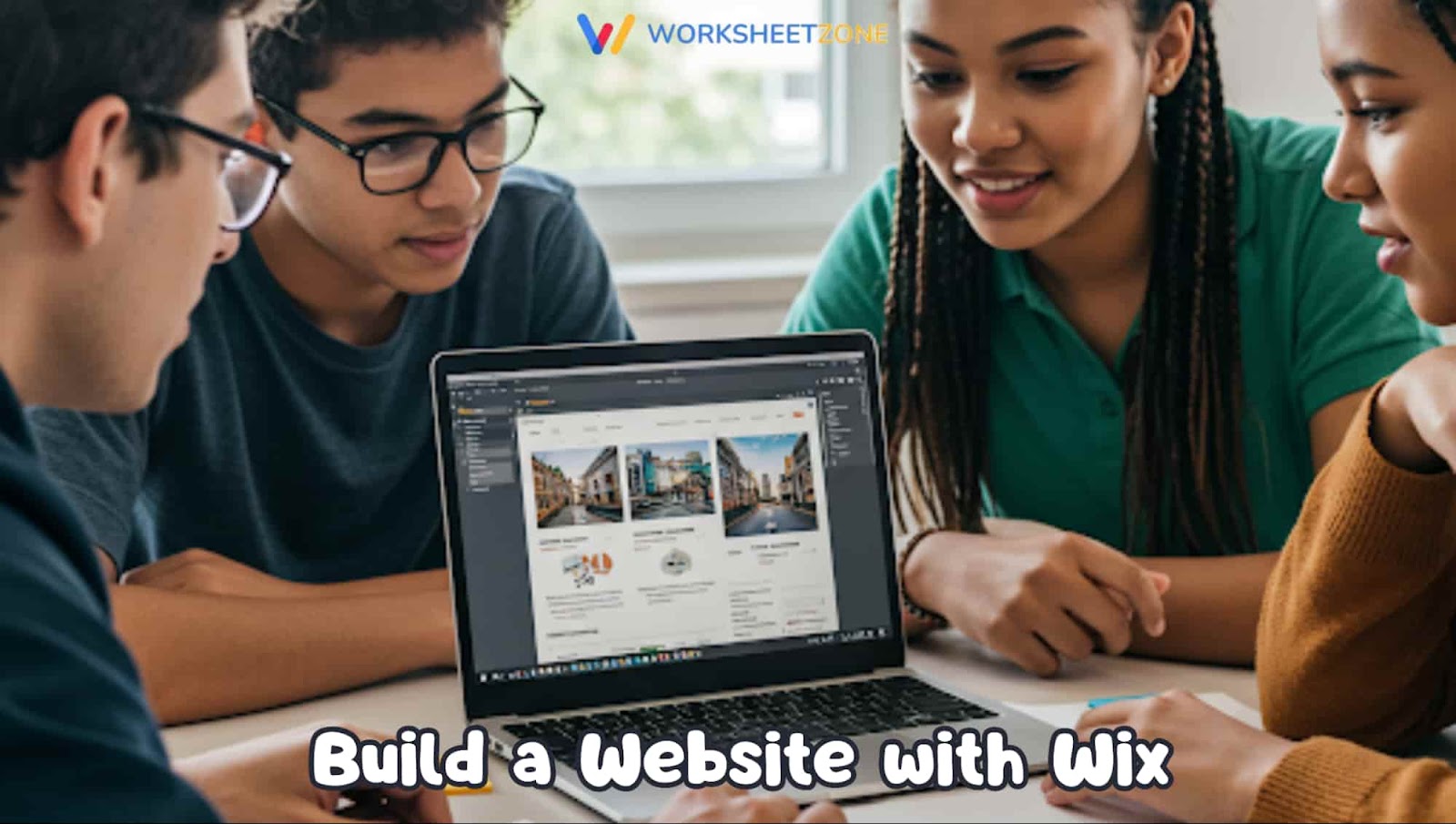
Materials Needed:
- Computers
- Wix accounts
- Content ideas (texts, images)
How to Do:
- Introduce website structure and layout using Wix.
- Guide students in selecting a template and adding content.
- Teach basic customization and embedding multimedia.
- Publish the websites and allow students to share their work.
7. Podcast Production
Podcasting allows students to share their ideas while building communication and technical skills. They can plan, script, and record episodes about history, storytelling, or social topics, using tools like Audacity to edit and enhance audio.
This activity encourages creativity, improves public speaking, and gives students hands-on experience with digital media. It’s an engaging way to develop storytelling and technical proficiency in the classroom.

Materials Needed:
- Recording devices (smartphones or microphones)
- Audio editing software (e.g., Audacity)
- Script templates
How to Do:
- Brainstorm podcast themes and segment ideas.
- Teach audio recording and basic editing techniques.
- Assign roles (host, editor, researcher) within groups.
- Record, edit, and publish the podcasts.
8. Augmented Reality (AR) Explorations
AR blends digital content with the physical world, creating immersive and interactive learning experiences. With apps like AR Makr, students can build 3D models of landmarks, visualize molecules, or create interactive maps.
This hands-on activity fosters creativity and helps students grasp complex topics by transforming abstract concepts into visual, engaging formats. Integrating AR into lessons deepens understanding and sparks curiosity.

Materials Needed:
- Smartphones or tablets
- AR apps (e.g., AR Flashcards)
- Subject-specific content
How to Do:
- Explain how AR works and show examples.
- Provide devices and guide students in using AR apps.
- Assign tasks like identifying animals or exploring historical artifacts.
- Let students share their experiences with the class.
9. Online Debates with Flipgrid
Online debates with Flipgrid help students develop argumentation and digital communication skills. They record viewpoints, respond to peers, and engage in thoughtful discussions.
This activity fosters critical thinking as students analyze opposing arguments and express their perspectives. Participating in debates on current events or class topics also enhances public speaking and builds confidence, while the digital format makes it accessible to more students.

Materials Needed:
- Devices with cameras
- Flipgrid accounts
- Debate topics
How to Do:
- Set debate rules and assign teams.
- Teach students how to record and upload video responses.
- Moderate the debate and encourage respectful discourse.
- Reflect on arguments and share feedback.
10. Create Digital Infographics
Creating digital infographics is one of the most practical activities about technology that helps students present complex information in a clear, visually appealing way. Using tools like Canva or Piktochart, they organize data into structured graphics, making ideas easier to understand.
This activity enhances creativity and data literacy as students learn to communicate visually. Creating infographics is a practical way to summarize research, illustrate concepts, or present project findings.

Materials Needed:
- Computers
- Canva accounts
- Research materials
How to Do:
- Introduce the concept of infographics and show examples.
- Guide students in collecting data and designing their visuals.
- Share and discuss the infographics in class.
11. Conduct Virtual Science Experiments
Virtual science experiments allow students to explore scientific concepts in a controlled, safe environment. Platforms like PhET Interactive Simulations offer realistic lab scenarios where students can test hypotheses, manipulate variables, and observe outcomes.
This activity is invaluable when physical resources are limited or when conducting risky experiments. It helps students develop a scientific mindset while enhancing their understanding of complex processes through hands-on digital practice.

Materials Needed:
- Computers or tablets
- Access to virtual lab platforms (e.g., PhET Interactive Simulations)
- Projector (optional)
How to Do:
- Introduce the virtual lab platform and demonstrate a simple experiment.
- Assign students to choose an experiment relevant to the current lesson.
- Guide them in conducting the experiment step by step.
- Encourage students to record observations and conclusions.
- Discuss results as a class.
12. Build a Digital Portfolio
Creating a classroom blog allows students to improve writing and digital communication skills. They can write articles, share project updates, or post creative works, using platforms like WordPress or Blogger.
This activity helps students build a sense of community while expressing their thoughts in a structured, public format. Managing the blog also fosters responsibility and collaboration as students take turns contributing content.

Materials Needed:
- Computers or tablets
- Portfolio platforms (e.g., Google Sites, Seesaw)
- Project examples
How to Do:
- Introduce the concept of a digital portfolio and show examples.
- Help students create sections like writing samples, projects, and reflections.
- Teach basic design principles and how to update the portfolio.
- Review portfolios periodically and encourage peer feedback.
13. Social Media Awareness Campaign
Social media plays a significant role in students’ lives, so teaching them about responsible usage is crucial. Organizing a social media awareness campaign helps students understand topics like digital footprints, cyberbullying, and online safety.
Working in groups, they can create informative content, such as videos or posters, to raise awareness within the school community. This project not only educates peers but also fosters digital responsibility and critical thinking about online interactions.

Materials Needed:
- Computers or smartphones
- Social media accounts (if applicable)
- Topic ideas (e.g., cyberbullying awareness, digital etiquette)
How to Do:
- Discuss digital citizenship and social media impacts.
- Brainstorm campaign themes and messages.
- Divide students into teams to create content (posts, videos, infographics).
- Publish the campaign on a class platform or school website.
- Reflect on the campaign’s reach and feedback.
14. Interactive Quizzes with Kahoot
Interactive quizzes using Kahoot transform assessments into engaging, game-like experiences. These quizzes foster healthy competition while reinforcing lesson concepts in a fun way. Students can participate individually or in teams, answering questions in real-time through their devices.
Teachers can also involve students in quiz creation, encouraging them to develop questions based on recent lessons. This hands-on involvement boosts retention and makes review sessions more enjoyable.

Materials Needed:
- Computers, tablets, or smartphones
- Kahoot account
- Quiz topics
How to Do:
- Create a quiz on Kahoot based on a recent lesson.
- Share the game pin with students to join.
- Conduct the quiz in real-time, discussing answers and explanations after each question.
- Encourage students to create their own quizzes for peer learning.
15. Robotics Challenge with LEGO Mindstorms
Robotics challenges are exciting activities about combining technology with hands-on learning. Using LEGO Mindstorms, students build and program robots to complete tasks like navigating obstacle courses or picking up objects.
This activity fosters teamwork, problem-solving, and technical skills as students brainstorm solutions and troubleshoot issues. Watching their robots come to life helps students understand how technology works while boosting creativity.
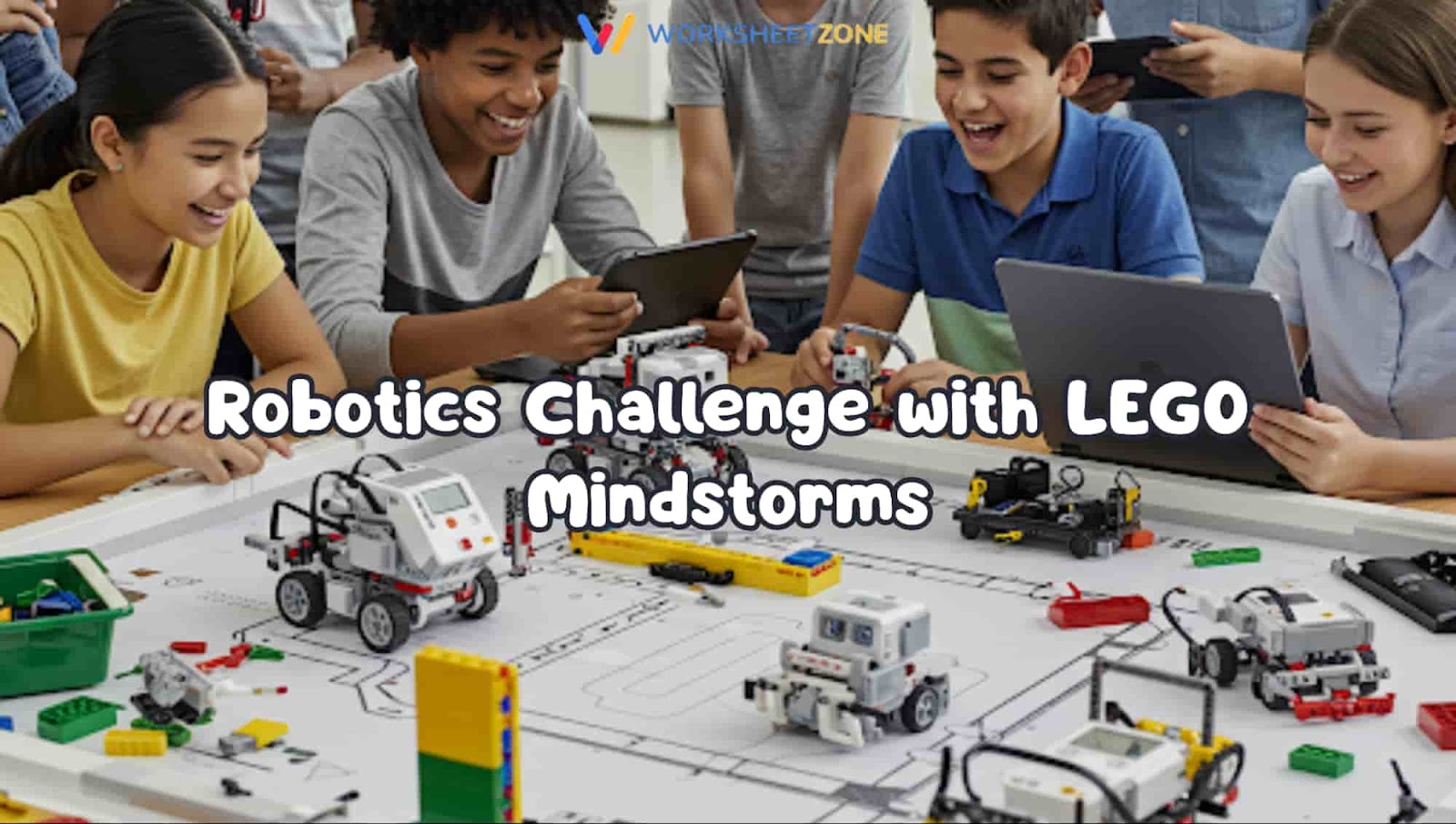
Materials Needed:
- LEGO Mindstorms kits
- Laptops with Mindstorms software
- Project ideas (e.g., robot race, object detection)
How to Do:
- Introduce the components and basic programming techniques.
- Assign teams to build simple robots.
- Set a challenge (e.g., navigating an obstacle course).
- Guide teams through coding and testing their robots.
- Host a friendly competition to showcase each team’s project.
Sum up
Activities about technology offer a practical and engaging way to enhance students’ digital skills while keeping them motivated in the classroom. By incorporating creative tasks like coding challenges, virtual field trips, and interactive presentations, you provide hands-on experiences that encourage problem-solving and critical thinking. These activities not only make lessons more dynamic but also prepare students for a rapidly evolving digital world. Embracing technology in education fosters adaptability and equips students with essential skills for the future.
Bring your lesson to life with our Technology Then and Now worksheet. It’s a fun, interactive way for students to compare past and present inventions while building critical thinking and observation skills!







